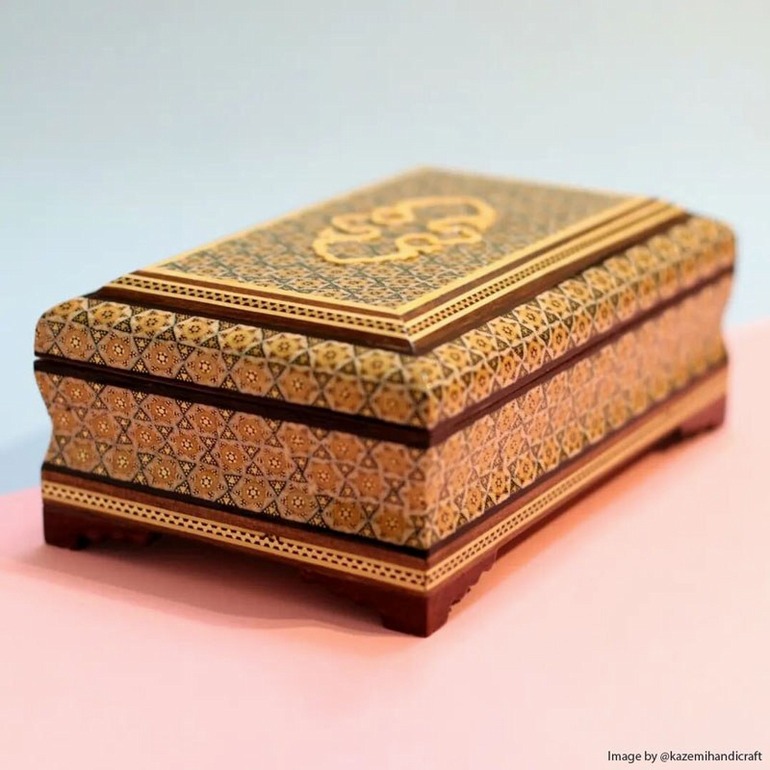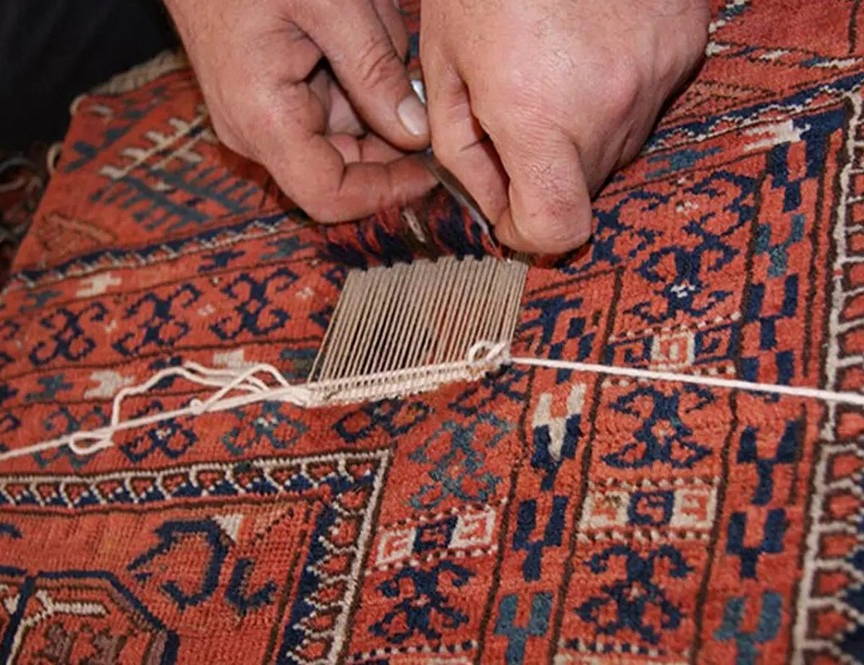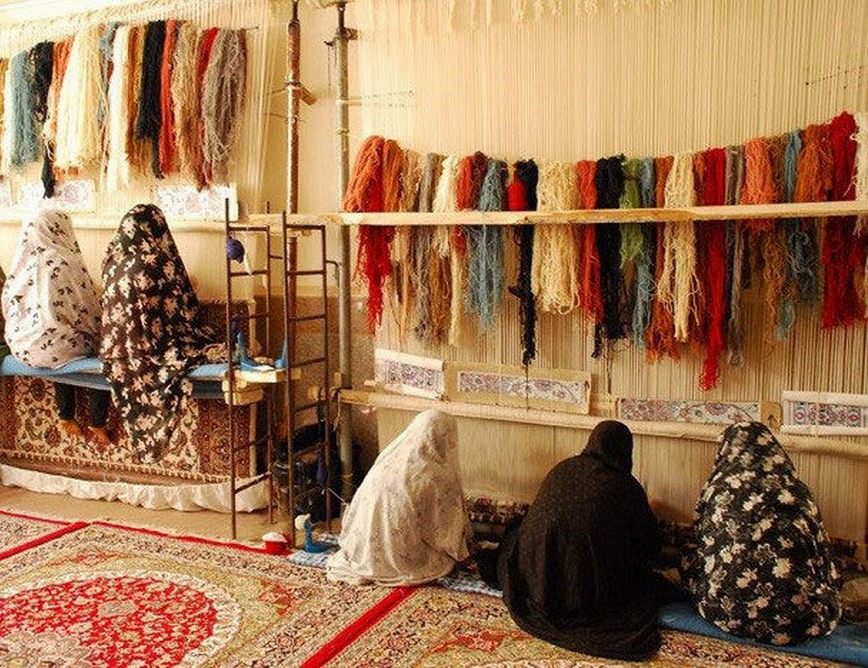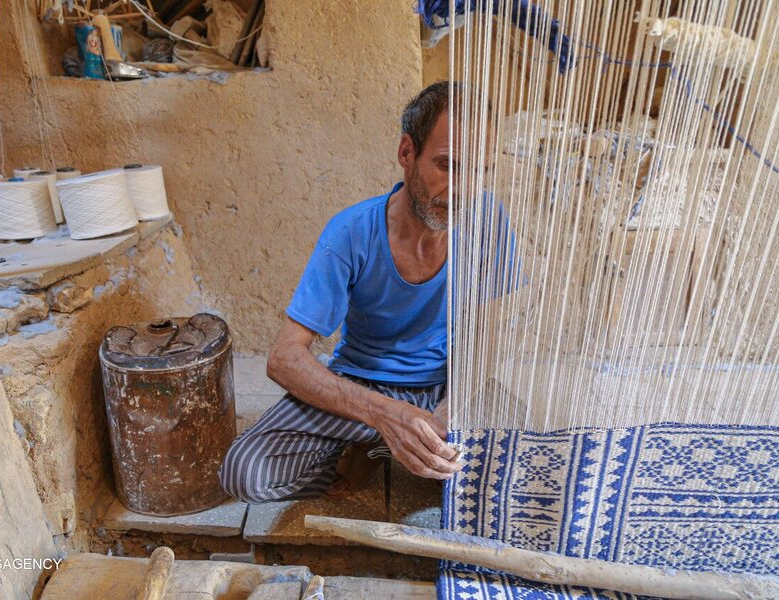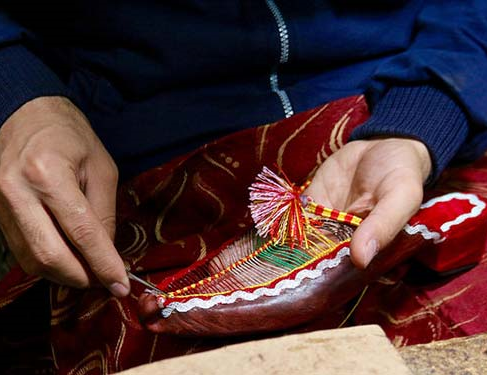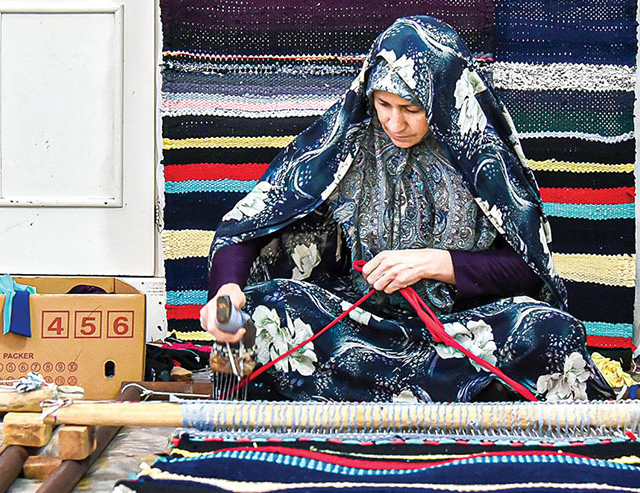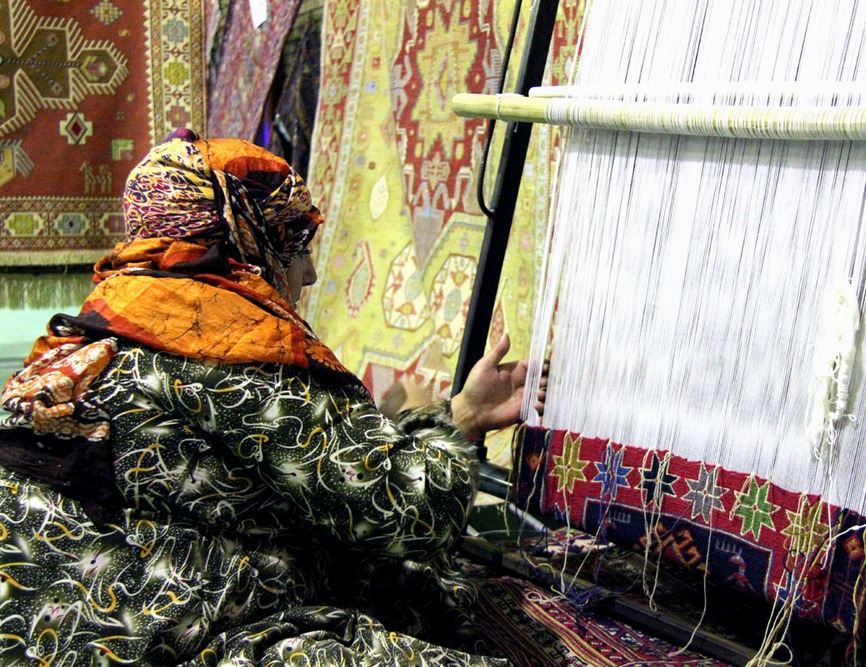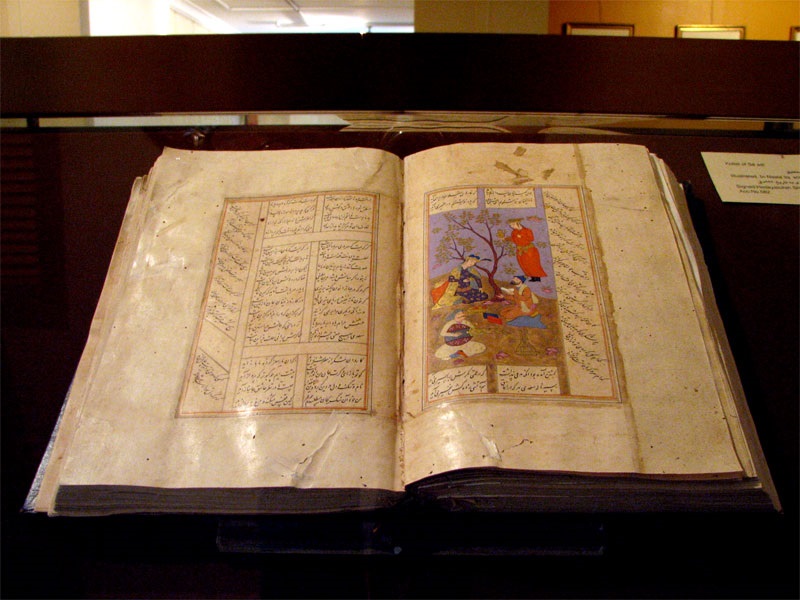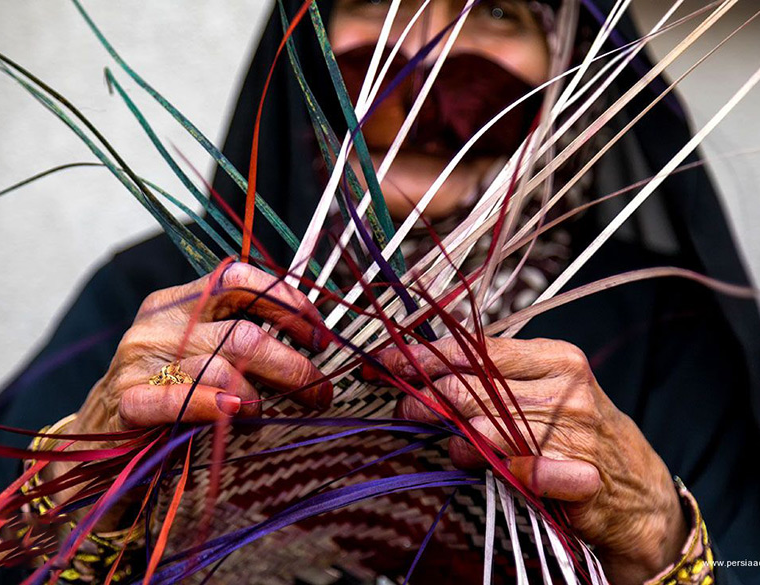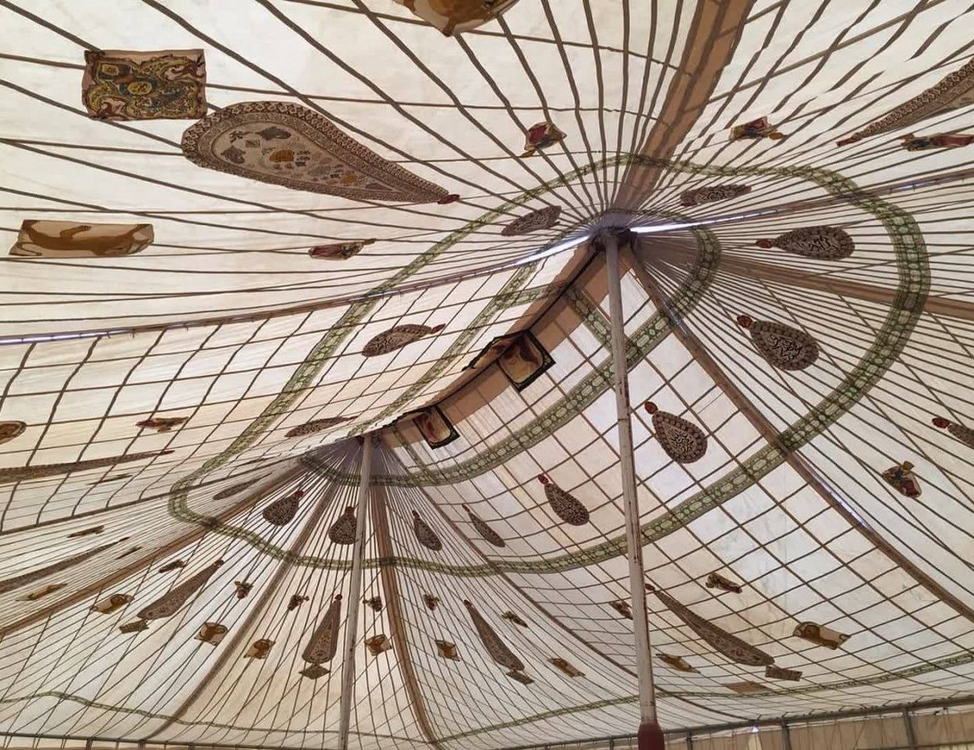
Mamaqan Needlework
Needlework is one of Iran’s handicrafts, in which needle, thread, and fabric are the main materials and equipment. Because of these simple and accessible raw materials, this art is widespread in Iran. This art has taken on a special method and style in different parts of this land that can be distinguished from one another in terms of design, color, and style.
Mamaqan needlework, which has its own special characteristics, was inscribed on the list of Iran’s intangible cultural heritage in the year 2011 as the intangible cultural heritage of East Azarbaijan Province.
History and Economy of Mamaqan
Mamaqan is located in Azarshahr County and has a population of about 20 thousand people. The distance of this city from Tabriz is 42 km. The history of this city dates back to the Ilkhanate era (13th and 14th centuries AD). Some experts believe that the name of this city is of Mongolian origin and was adopted during the rule of “Möngke Khan” - the brother of the Mongol ruler, Hulegu Khan - over this region.
Although Mamaqan is mostly known for growing chickpeas, various types of handicrafts, including needlework, broom weaving, and carpet weaving are also widespread in this city. Because of the special designs and the beauty, strength, and durability of its products, Mamaqan needlework is also known as “Mamaqan-duzi”.
Features of Mamaqan Needlework
From a general point of view, Mamaqan needlework is a type of embroidery in which the basic background of the fabric is covered with stitches of colored threads to create a new background with a new color and pattern. The designs used in this art are generally subjective and include the artist’s personal impressions of nature, but in general, most of the designs are floral.
Mamaqan needlework is mostly done at home by women and girls and the main material used in this handicraft is colored silk thread is used. Coasters, hats, and all kinds of clothes, shoes, and tablecloths are the most important products produced by Mamaqani needlework craftswomen.
Modus Operandi of Needlework Artists
The fabric used for the base of the work is usually black dabit (a type of cotton fabric) or satin. Fustian fabric is also used as a lining to make the product more durable. The reason for using black color in the background of the work is the appearance of sewing intervals in it and the possibility of correcting the empty seams by the artist. At the end of the work, a black frame is created around the work, which increases the clarity of the colors and helps them become more beautiful.
The thread used in Mamaqan needlework is natural or synthetic silk (viscose or acetate). These threads are used in three types: thin (six layers), medium (15 layers), and coarse (30 layers). Scissors, a thimble, and a normal four-centimeter needle are also the working tools of Mamaqan craftswomen. The various types of Mamaqan needlework include chain stitch, blanket stitch, fast stitch, radial, etc.
Before starting the needlework, the thickness of the used thread is selected according to the desired design. Then, the designs are cut with dabit and fustian cloths and placed on both sides of a thin sheet of paper, like the newspaper. In this case, the fustian and paper, which are the lining of the work, have the same size, but the size of the dabit is about two centimeters more on each side. The chain stitch of the work edge is another stage of preparing the fabric for the implementation of designs. For this purpose, they insert the needle from below, at a distance of half a centimeter from the edge of the fabric, and pull it to the end. Thereafter, they insert the needle again from the front of the fabric and while they have not yet pulled the thread to the end, the needle is passed through the thread that is left in the form of a loop on the fabric and then pulled to the end. They continue doing this until the entire edge of the fabric is sewn. Then they start sewing designs on the middle parts of the fabric. The middle parts of the fabric are sewn in several steps. The precision of the artists in the execution of sewing in these stages makes Mamaqan needlework products - in addition to being of eye-catching beauty - acquire a unique strength and elegance. The use of different types of stitches in these products requires a lot of time and skill.
From a general point of view, Mamaqan needlework is a type of embroidery in which the basic background of the fabric is covered with stitches of colored threads to create a new background with a new color and pattern. The designs used in this art are generally subjective and include the artist’s personal impressions of nature, but in general, most of the designs are floral.
| Name | Mamaqan Needlework |
| Country | Iran |
| Cities | |
| Works | Knitting, sewing and textile |
| Registration | Unesco |
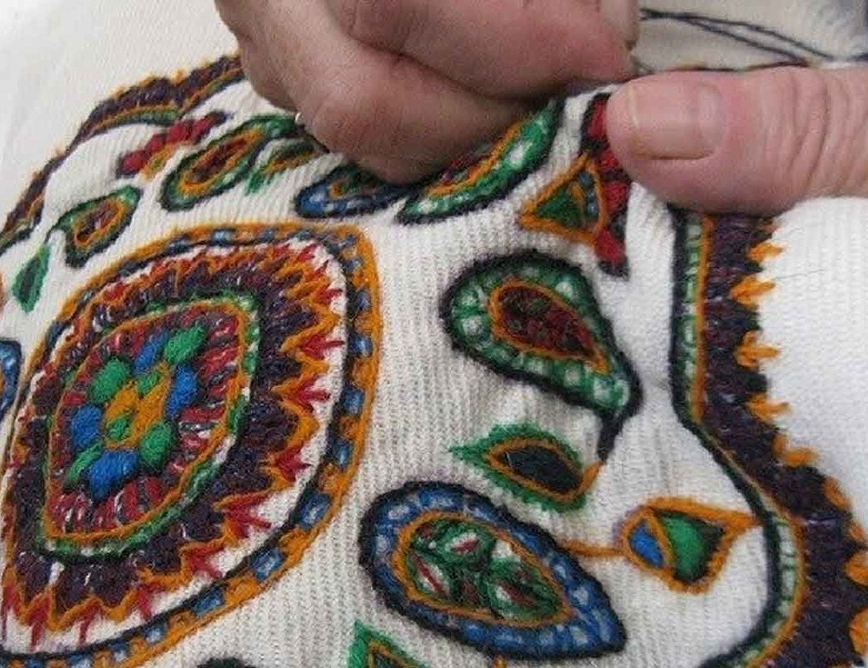
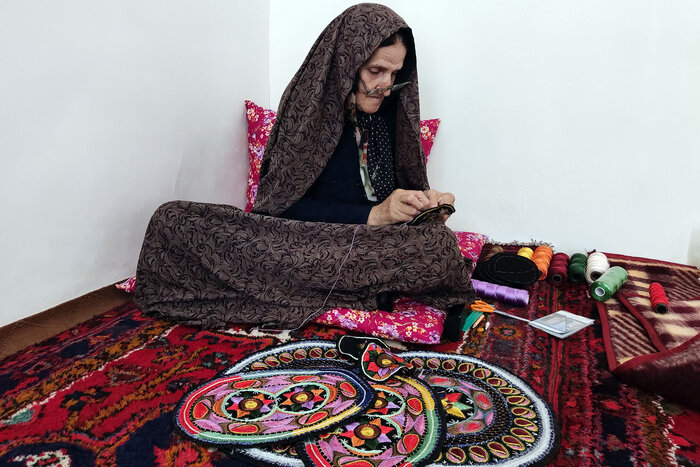
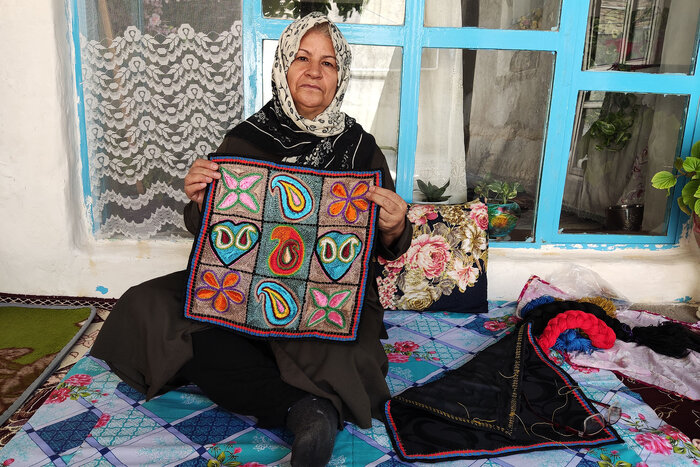
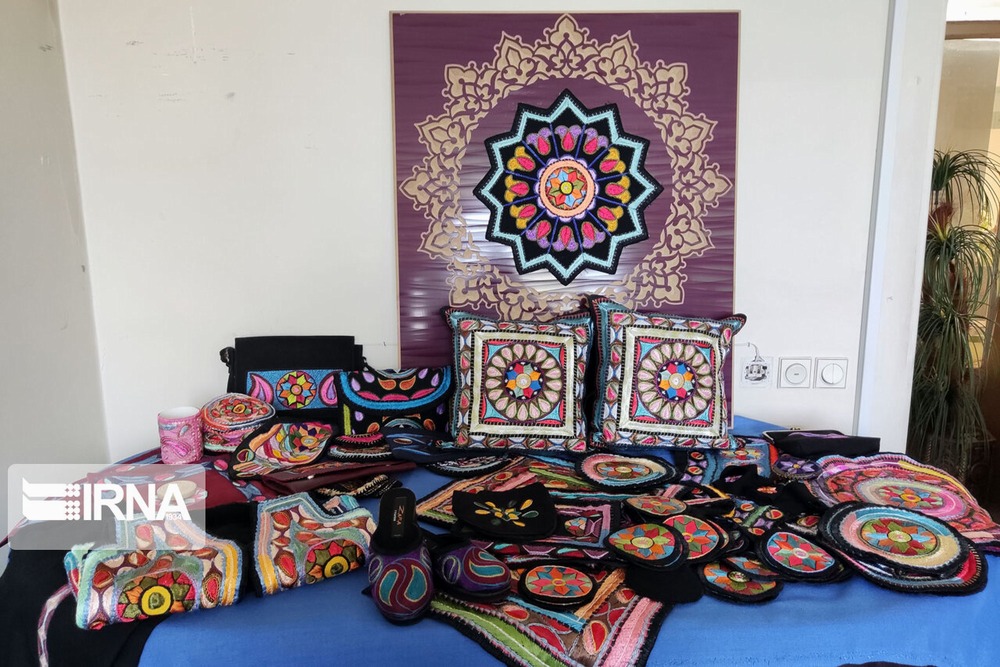
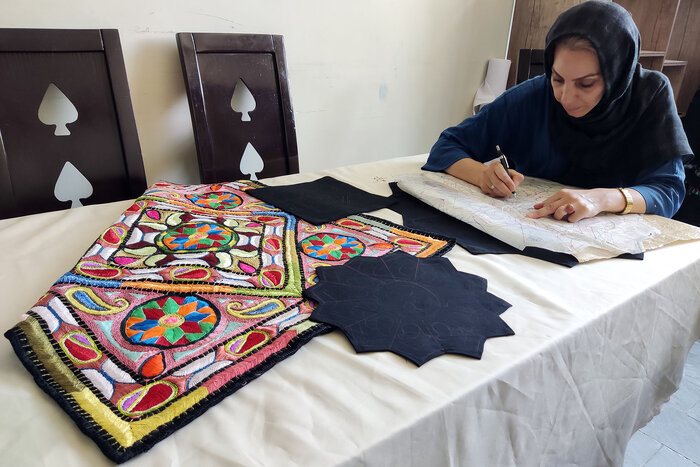





Choose blindless
Red blindless Green blindless Blue blindless Red hard to see Green hard to see Blue hard to see Monochrome Special MonochromeFont size change:
Change word spacing:
Change line height:
Change mouse type:
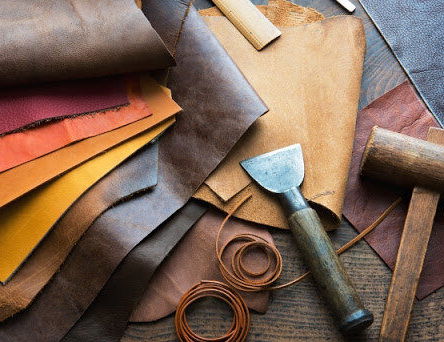
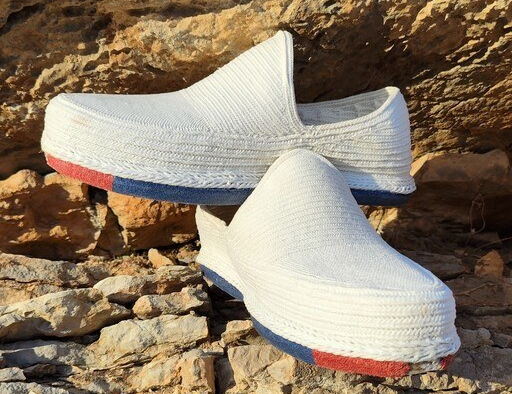
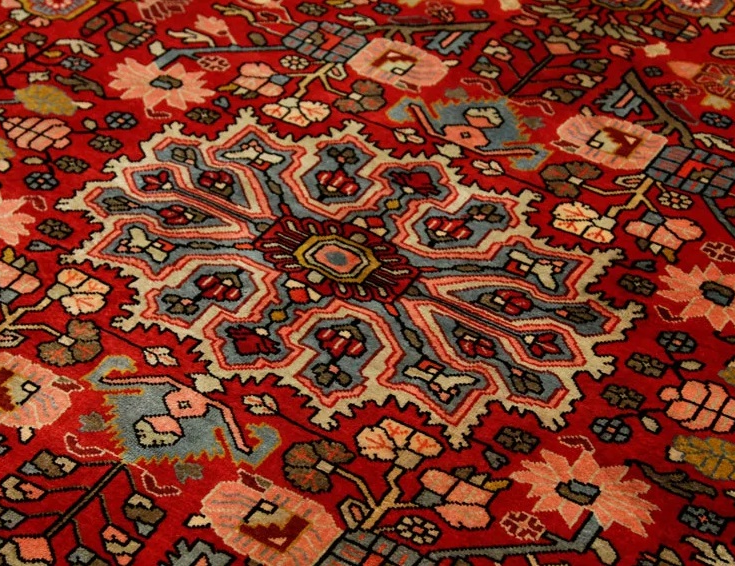
_crop_2.jpg)
